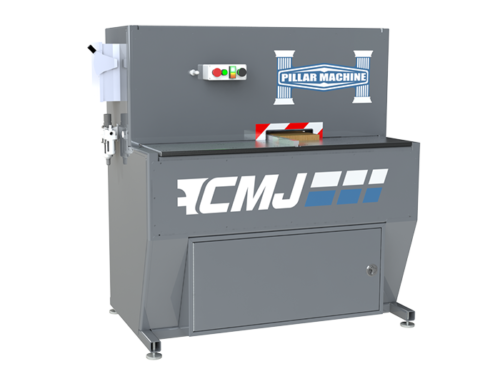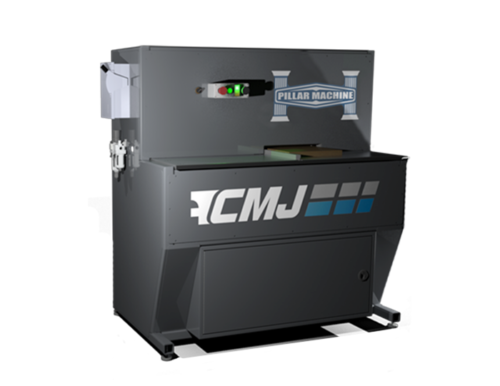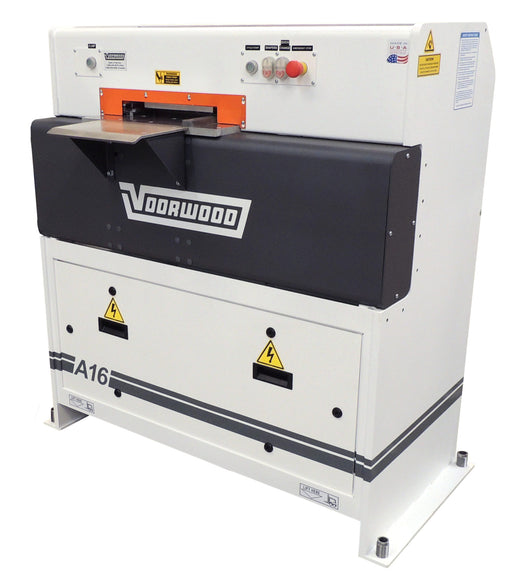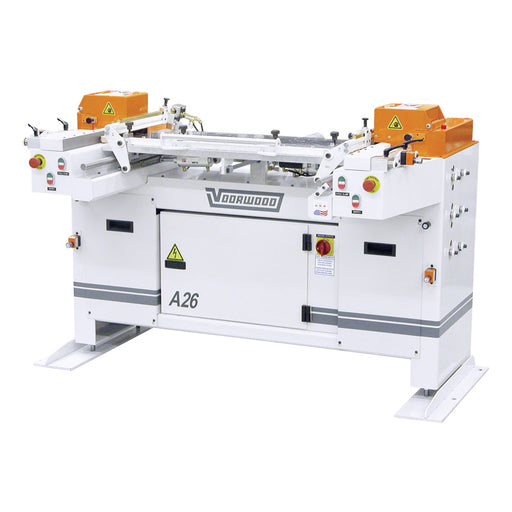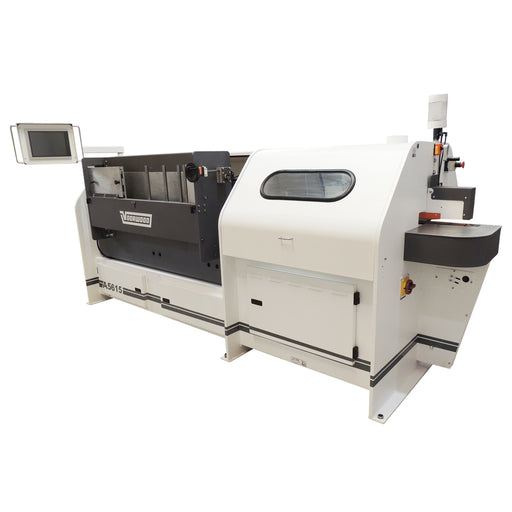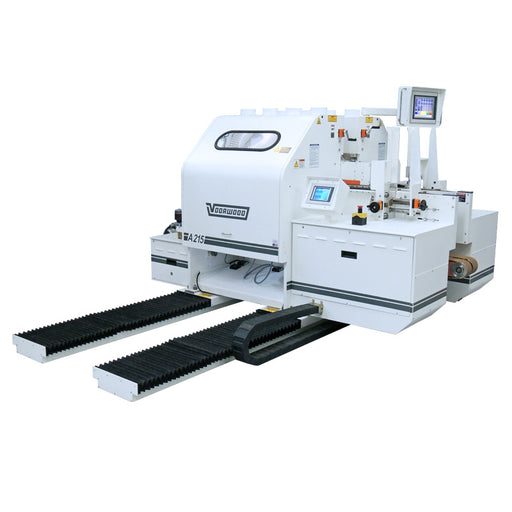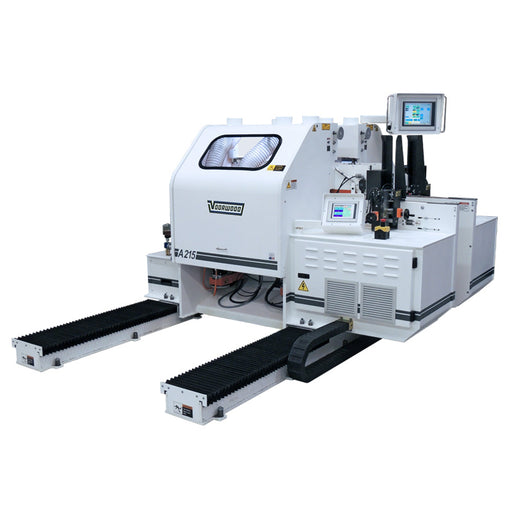A coping machine is a specialized woodworking tool designed for precisely shaping the ends or edges of workpieces. It is used to create cope cuts, which are typically used in woodworking to create joints or connections between two pieces of material, such as in cabinet and furniture making. The coping machine uses a rotating cutter to produce a curved or shaped cut, which matches the profile of an adjacent piece, allowing them to fit snugly together. This process is commonly used for creating joints like tongue and groove, which provide stability and aesthetics in various woodworking projects. Coping machines streamline the process, ensuring accuracy and consistency in creating complex and decorative joints, ultimately enhancing the quality of the final product.
Key Features of Coping Machines:
Coping machines offer several features to facilitate precise shaping and joint creation:
- Adjustable Cutters: These machines often have adjustable cutter heads to accommodate different profiles.
- Fence Systems: A fence system helps guide the workpiece and ensures that the cope cut matches the profile of the mating piece.
- Variable Speed Control: Some models offer variable speed control for adapting to different wood types and cutter sizes.
- Dust Collection: Integrated dust collection systems keep the workspace clean and reduce airborne particles.
Applications of Coping Machines:
Coping machines find applications in various woodworking sectors, including:
- Cabinet Making: These machines are instrumental in creating cope cuts for frame and panel construction, ensuring a precise fit.
- Furniture Manufacturing: In furniture making, coping machines shape the ends of moldings, ensuring a seamless and decorative joint.
- Millwork: In architectural millwork, these machines are used to create complex and decorative profiles on trim, baseboards, and crown molding.
Benefits of Using Coping Machines:
The advantages of incorporating coping machines into woodworking operations are substantial:
- Precision: Coping machines produce accurate and consistent cope cuts, ensuring a perfect fit between workpieces.
- Time Efficiency: These machines streamline the process, reducing labor hours and improving production efficiency.
- Quality Improvement: Coping machines enhance the quality and aesthetics of joints, providing a polished and professional finish.
Choosing the Right Coping Machine:
Selecting the appropriate coping machine depends on specific project requirements:
- Cutter Compatibility: Ensure the machine can accommodate the profile and size of cutters needed for your project.
- Fence System: Evaluate the fence system, as it plays a crucial role in guiding the workpiece during cutting.
- Variable Speed: Consider models with variable speed control for versatility in working with different materials and cutter sizes.
- Dust Collection: Machines with effective dust collection systems contribute to a cleaner and safer workspace.
In conclusion, coping machines are indispensable tools in woodworking, specializing in creating precise cope cuts for various joints and connections. Understanding their key features, applications, benefits, and considerations for selecting the right model is essential for achieving accurate and efficient cope cuts in woodworking projects. These machines significantly enhance the quality and aesthetics of joints, making them a valuable asset in the production of cabinets, furniture, and architectural millwork.

